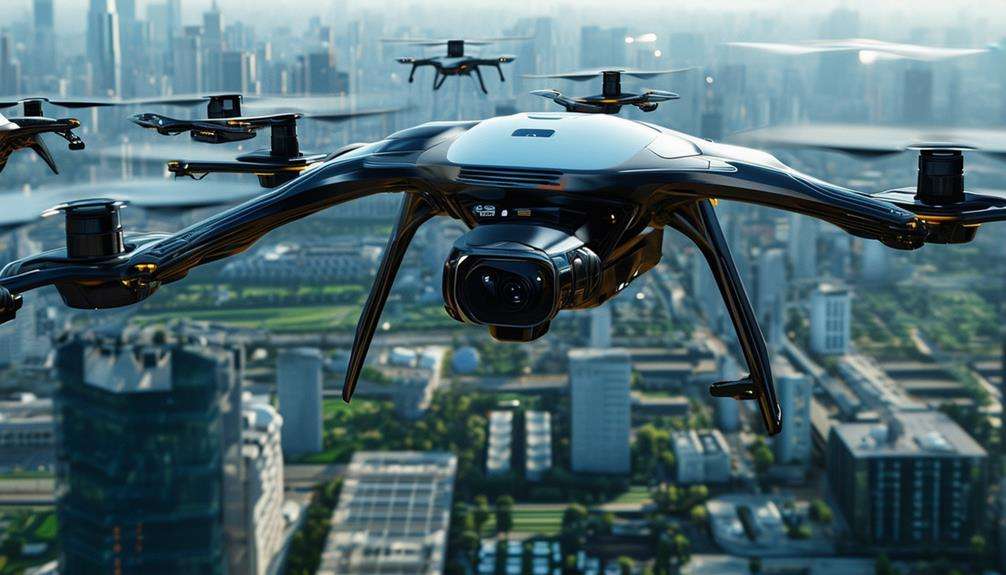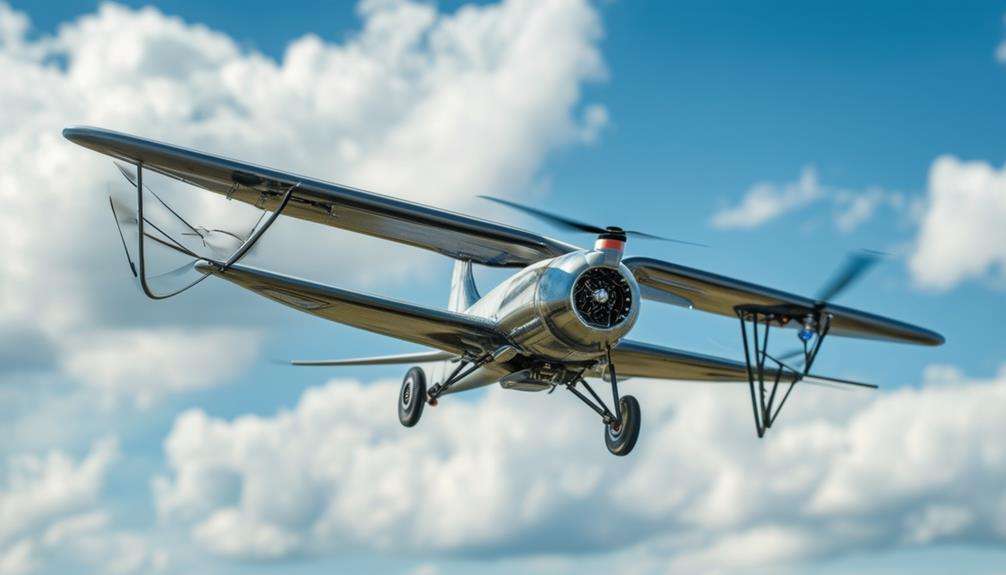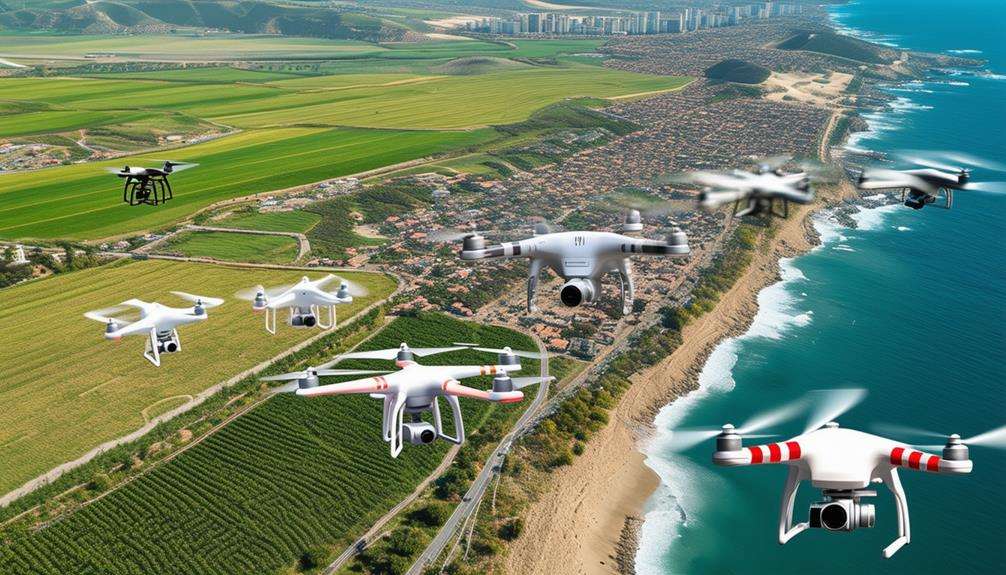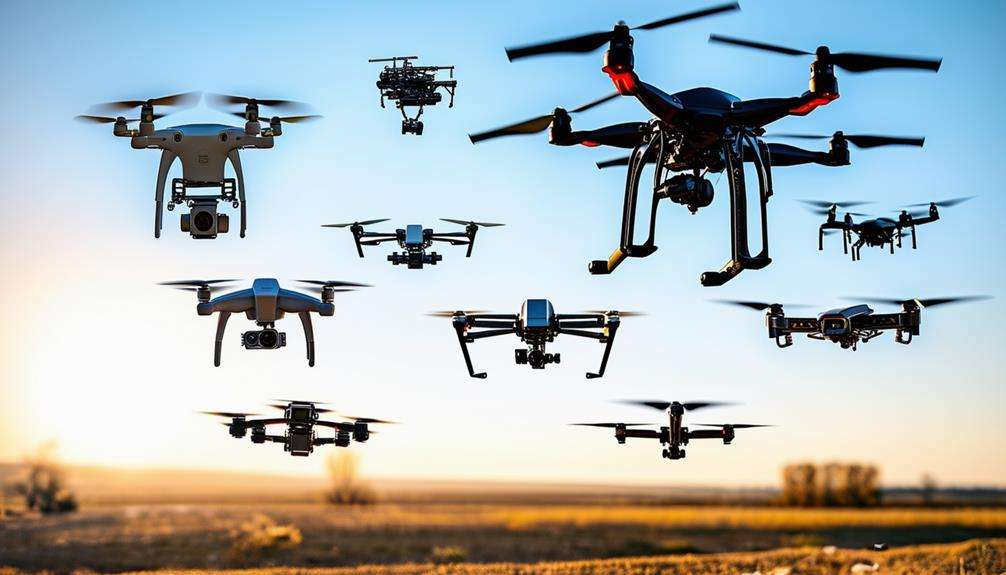Understanding the Different Types of Drones: A Comprehensive Guide
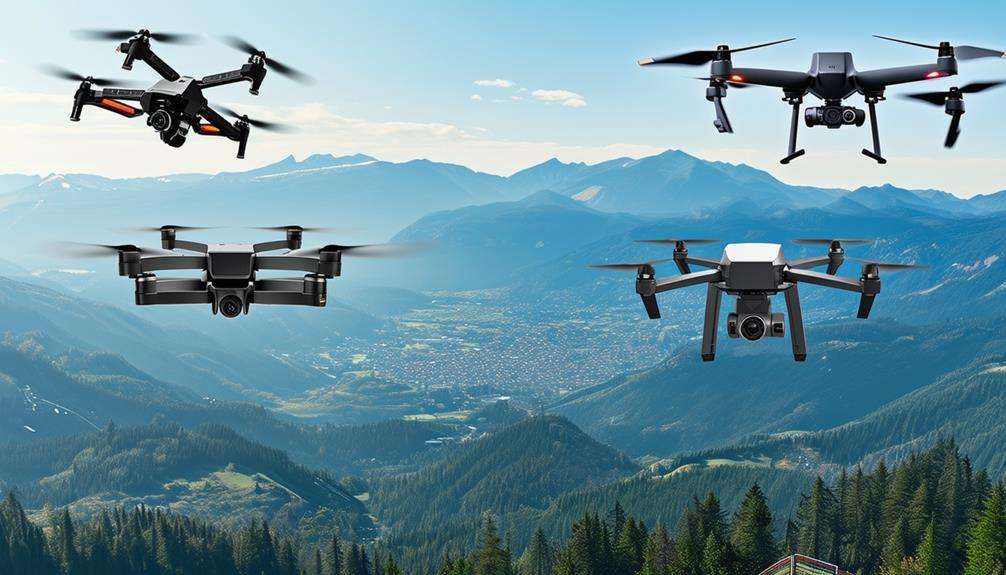
When choosing the right drone, it's essential to consider what each type offers and how it aligns with your specific needs. Multi-rotor drones, for instance, provide excellent stability and maneuverability, making them ideal for capturing stunning aerial photographs.
In contrast, fixed-wing drones are designed for longer flight durations and greater efficiency, which is perfect for large-scale surveys. Additionally, VTOL (Vertical Takeoff and Landing) drones combine the vertical takeoff capability of multi-rotor drones with the efficiency of fixed-wing flight. So, how do you decide which drone fits your purpose best? Let's break it down further.
Types of Drones
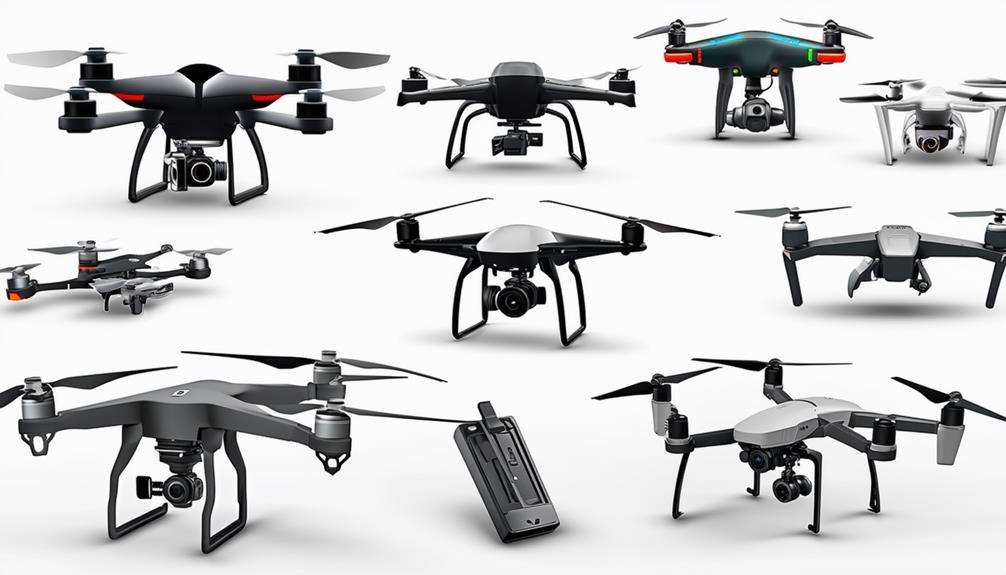
In the modern age, drones come in diverse types, each tailored for specific applications and uses. Multi-rotor drones, such as quadcopters, hexacopters, and octocopters, are widely popular due to their versatility. They're excellent for aerial photography because of their stability and ease of control.
Fixed-wing drones, on the other hand, are ideal for tasks requiring extended flight times and energy efficiency. These drones excel in mapping, agriculture, surveying, and wildlife conservation.
Single-rotor drones offer advantages in terms of simple operation and stability. They're perfect for aerial filming and inspections, providing precise control in various conditions.
For more complex missions, hybrid VTOL drones combine the benefits of fixed-wing and rotary drones. They can take off and land vertically like a helicopter but fly efficiently like an airplane, making them suitable for specialized mission requirements.
Micro drones, which are compact and agile, are ideal for indoor exploration and recreational flying. These drones are more than just toys; they're also capable of capturing high-quality aerial photography in tight spaces. Each type of drone offers unique strengths, making them indispensable tools across multiple fields.
Multi-Rotor Drones
Among the various types of drones, multi-rotor drones are distinguished by their versatility and wide-ranging applications. Whether you're engaged in aerial photography, agriculture, or search and rescue, these drones offer an excellent combination of stability and maneuverability. Common configurations include quadcopters (4 rotors), hexacopters (6 rotors), and octocopters (8 rotors), each tailored to meet specific operational requirements.
A notable advantage of multi-rotor drones is their stability, which is crucial for capturing smooth, steady aerial footage—an essential aspect of professional aerial photography. Their agility and ease of control also allow for navigation through tight spaces and executing intricate maneuvers with ease. These drones can be piloted either by visual line of sight (VLOS) or first-person view (FPV), offering flexibility depending on the specific task at hand.
The diverse applications of multi-rotor drones make them indispensable across various industries. Their reliable performance and user-friendly operation have made them a staple for both hobbyists and professionals. Whether you're a filmmaker, farmer, or emergency responder, multi-rotor drones prove to be invaluable tools for your needs.
Fixed-Wing Drones
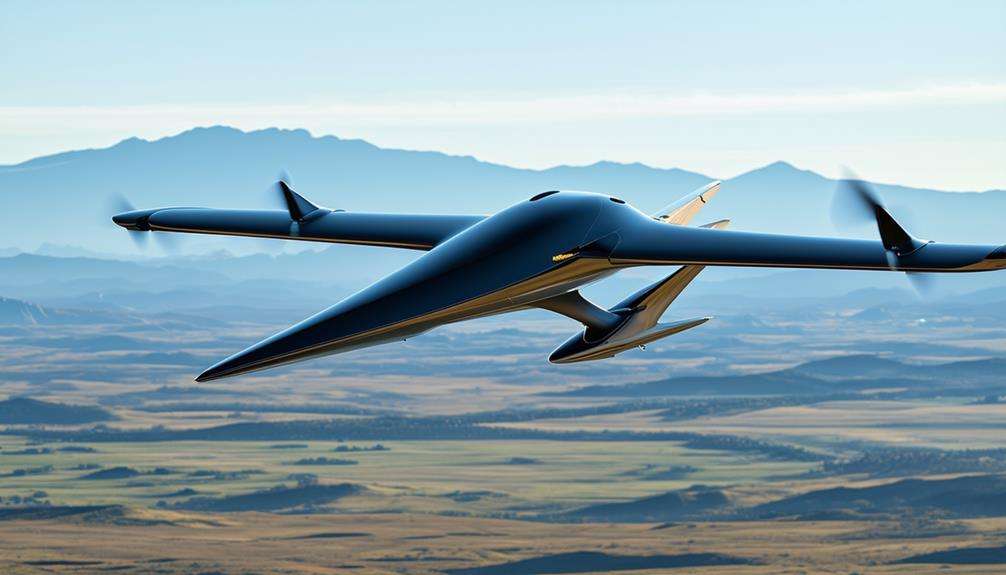
Why opt for fixed-wing drones for your aerial projects? Fixed-wing drones provide extended flight durations and superior energy efficiency, making them ideal for comprehensive aerial surveys and mapping expansive areas. These drones are particularly beneficial in sectors such as agriculture, forestry, and environmental monitoring, where large areas need to be covered in a single flight.
A key advantage of fixed-wing drones is their endurance. Unlike multi-rotor drones, fixed-wing models can remain airborne for longer periods, enabling detailed inspections of infrastructure and other large-scale operations without frequent recharging. This makes them perfect for tasks such as monitoring environmental changes or inspecting power lines and pipelines over long distances.
However, it's important to note that fixed-wing drones require a runway for takeoff and landing, making them best suited for open areas with adequate space. Their airplane-like design means they can't hover in place, but they excel at efficiently covering large tracts of land.
VTOL Drones
VTOL (Vertical Take-Off and Landing) drones combine the vertical takeoff capabilities of rotary-wing drones with the efficient fixed-wing flight of airplanes, making them incredibly versatile for various missions. These drones can lift off vertically, transition to horizontal flight, and switch back to vertical mode, enabling them to operate in diverse environments.
Whether deployed in congested urban areas or launched from ship decks, VTOL drones offer unparalleled flexibility. They're extensively used in military operations for surveillance and reconnaissance, providing the ability to hover and execute precise maneuvers. Beyond military uses, VTOL drones are essential in industries such as mapping and delivery services, where long-distance coverage combined with the capability to hover is crucial.
Key advantages of VTOL drones include:
- Versatility: Effective in both confined spaces and open areas.
- Efficiency: Merges the long-range capabilities of fixed-wing drones with the precise control of rotary-wing drones.
- Adaptability: Applicable across various sectors including military, surveillance, mapping, and delivery services.
Choosing the Right Drone
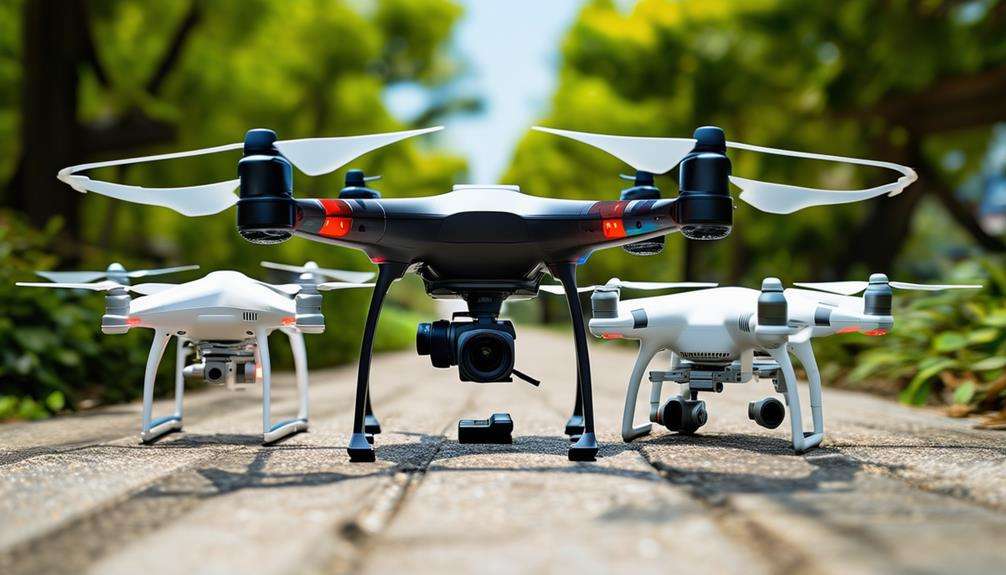
Selecting the right drone requires a careful evaluation of your specific needs and the drone's capabilities. First, identify the primary purpose of the drone: is it for aerial photography, surveying, or recreational flying? This decision will guide your choice of drone type. Fixed-wing drones are ideal for longer flights, while multi-rotor drones provide superior stability and maneuverability. Hybrid drones combine the advantages of both types for enhanced versatility.
Next, assess essential features such as flight time, control range, camera quality, and payload capacity. Longer flight times and extended control ranges are crucial for lengthy missions or large-scale surveys. High camera quality is indispensable for professional photography, and payload capacity is important if you need to carry additional equipment.
Advanced features like GPS and obstacle avoidance can significantly enhance your flying experience and ensure safety. GPS aids in precise navigation and positioning, while obstacle avoidance sensors help prevent collisions, making the drone easier to manage in complex environments.
Conclusion
By now, you should have a clear understanding of the different types of drones and their unique advantages. Whether you need the stability of multi-rotor drones, the efficiency of fixed-wing drones, or the versatility of VTOL drones, there's a perfect match for your specific requirements. Assess your needs carefully to make an informed decision. Selecting the right drone will enable you to achieve your goals effectively and efficiently. Happy flying!

